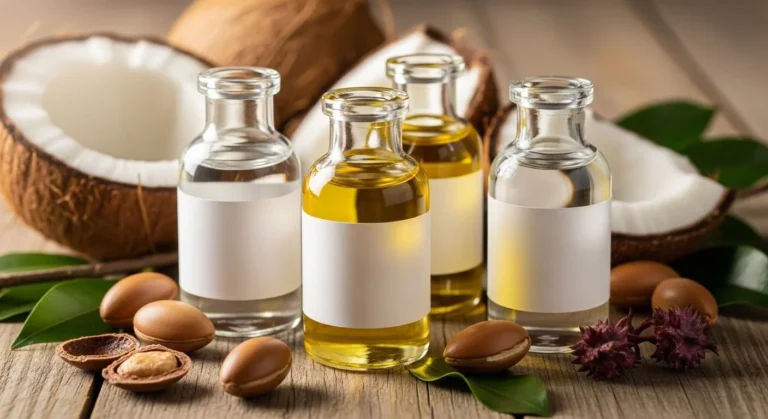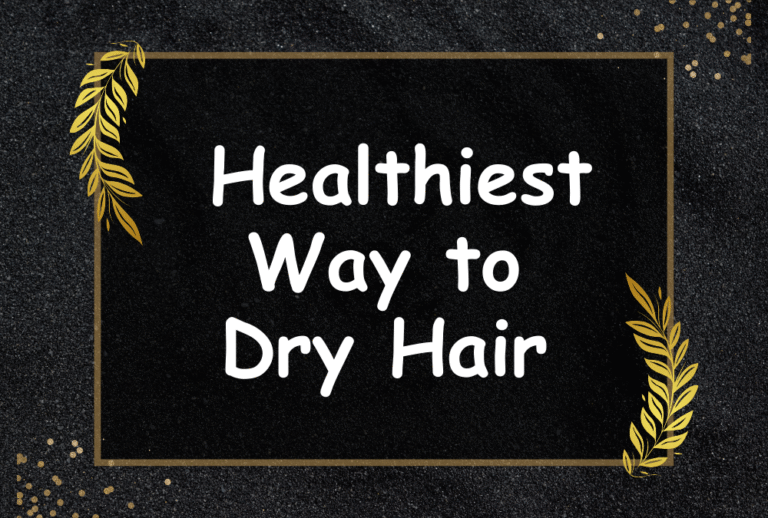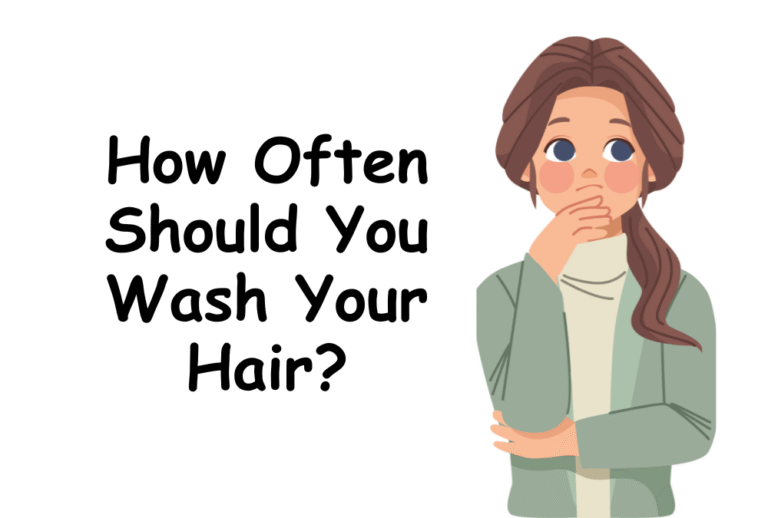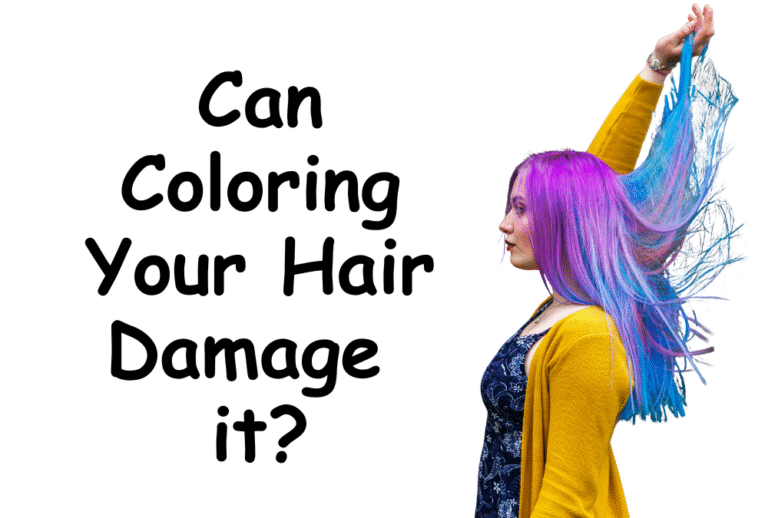How Pollution Affects Hair
When most people think about pollution, they picture traffic smoke, factory fumes, or city dust filling the air. We often talk about how it hurts our lungs, skin, and environment. But one thing that usually gets ignored is our hair. Yes, pollution doesn’t just stop at your skin, it also touches every strand of your hair.
For many of us, bad hair days are blamed on shampoo, styling, or weather. But often the hidden culprit is the air around us. Living in big cities or near busy roads means your hair is exposed daily to dirt, smoke, and chemicals. These tiny particles settle on your scalp and hair, making them weak, dry, and prone to falling out.
In this blog, we’ll take a deep dive into how pollution affects hair, the science behind it, visible signs to watch for, and simple everyday tips to fight the damage.
What Is Pollution and How Does It Reach Your Hair?
Pollution is not just black smoke you see coming out of cars. It’s also the tiny particles you can’t see dust, gases, heavy metals, and even chemicals in the air. Scientists call them particulate matter, but let’s keep it simple: they’re invisible dirt floating around.
Hair is exposed 24/7. Unlike skin, you can’t always cover it completely. Each time you walk outside, your strands act like a sponge, soaking in toxins. The scalp also gets affected as pores clog with tiny dirt particles. This not only weakens roots but also makes the scalp itchy or flaky.
Think of it like leaving a white shirt out in the open for a day. By the evening, it doesn’t look fresh anymore. The same thing happens with your hair, it collects pollutants silently.
The Science: What Pollution Does to Hair Strands
Let’s break it down in simple terms.
- Free Radicals: These are unstable molecules that pollution releases into the air. When they stick to your hair, they damage the outer cuticle. This makes hair weaker and rougher.
- Protein Damage: Hair is made of keratin, a protein that gives it strength. Pollution weakens keratin, leading to breakage and split ends.
- Moisture Loss: Polluted air is often dry. It strips away natural oils from your scalp, leaving strands brittle.
- Blocked Pores: Dust blocks scalp pores, which can slow hair growth.
Imagine your hair cuticle as the protective shell of an egg. Once the shell cracks, the inside is no longer safe. Pollution slowly cracks this shell, leaving hair exposed and vulnerable.
The Hidden Science Behind Pollution and Hair
To understand why your hair feels worse in a polluted environment, it helps to break down the science into simple steps:
- Free Radicals Attack: Air pollution generates unstable molecules called free radicals. These target your hair cuticle, leading to breakage and early graying.
- Protein Loss: The keratin in hair weakens when exposed to toxins, leaving strands fragile.
- Blocked Roots: Dirt particles clog the scalp’s pores, slowing down hair growth and making roots less healthy.
- Oil Imbalance: Pollution removes natural scalp oils, which normally protect hair. Without them, hair becomes dry and frizzy.
- Color Damage: Pollutants react with hair dye, making color fade faster.
This is why even the best shampoo or conditioner sometimes feels useless if you live in a heavily polluted area. The damage starts at a microscopic level.
Read More: Hairstyles For Work, Braided Hairstyles for Kids
Early Signs That Pollution Is Damaging Your Hair
Hair problems don’t happen overnight. Pollution works slowly, but the results become noticeable if you pay attention. Here are some red flags:
- Constant Dullness: Hair doesn’t shine naturally, no matter how well you wash it.
- Greasy Yet Dry: Strands feel oily at the roots but dry at the ends.
- Frequent Breakage: Hair breaks easily when combing or styling.
- Persistent Itching: Scalp feels itchy or flaky even after washing.
- More Hair Fall: You see more hair in the shower or on your brush.
- Fading Color: Dyed hair loses brightness much faster.
If you notice two or more of these issues regularly, pollution may be the silent culprit.
Different Types of Pollution and Their Effects on Hair
Not all pollution is the same. Each type affects your hair in its own way.
Air Pollution
This is the most common and damaging. Smoke, car exhaust, and industrial fumes contain chemicals that stick to hair, causing roughness and hair fall.
Water Pollution
Hard water or chlorinated water strips hair of natural oils. Minerals in hard water cause buildup, leaving hair heavy and lifeless.
Indoor Pollution
Even at home, your hair isn’t fully safe. Dust, cigarette smoke, and cooking fumes slowly damage the scalp.
Chemical Pollution
Harsh chemicals in hair sprays, gels, and shampoos act like pollution from within. They mix with outside dirt, making the damage worse.
Daily Effects of Pollution on Hair
If you live in a polluted environment, here’s what may happen daily to your strands:
- Hair feels sticky and dirtier faster than usual
- Scalp sweats more because pores are blocked
- Natural shine disappears
- Styling becomes harder because of rough texture
- Ends become dry and split easily
The worst part? Even if you wash your hair often, the damage doesn’t fully stop without proper care.
How Different Hair Types React to Pollution
- Straight Hair: Quickly looks oily since dirt spreads easily.
- Curly Hair: Prone to dryness and frizz because curls lose moisture faster.
- Thin Hair: Appears flat and weak as pollutants weigh it down.
- Dyed Hair: Loses color quickly and becomes rougher.
- Thick Hair: Takes longer to show damage but gets buildup inside layers.
Knowing how your hair type reacts helps you plan the right care routine.
Long-Term Damage If You Ignore Pollution
Skipping protection may not seem harmful at first. But long-term exposure has serious effects:
- Thinning: Hair gradually becomes weaker and thinner.
- Early Graying: Pollution speeds up oxidative stress, causing gray hair earlier.
- Hair Loss: Weak roots and blocked follicles may lead to bald patches.
- Scalp Issues: Chronic dandruff, eczema, or even fungal infections.
- Permanent Texture Change: Hair may become rougher over time.
How to Protect Your Hair from Pollution
The good news is that you can fight back with simple daily habits.
Cover Your Hair Outdoors
A light scarf, hat, or cap acts as a shield from dust and smoke.
Use Mild Shampoo
Frequent washing is okay if you use a gentle shampoo that removes dirt without stripping natural oils.
Weekly Deep Cleansing
Use a clarifying shampoo once a week to remove buildup from pollutants.
Hair Oil Massage
Oils like coconut, almond, or argan nourish roots and add a protective layer.
Condition Well
Never skip conditioner. It creates a barrier that keeps dirt from sticking.
Stay Hydrated
Water helps keep hair soft and prevents brittleness caused by dryness.
Night Care
Tie hair loosely or use a silk pillowcase to reduce friction and dust buildup overnight.
Natural Remedies for Pollution-Damaged Hair
If you prefer home remedies, these work well:
- Aloe Vera: Calms itchy scalp and hydrates hair.
- Neem Water: Clears dandruff and scalp buildup.
- Yogurt Mask: Smoothens hair and restores shine.
- Lemon Rinse: Removes grease and dirt naturally.
- Fenugreek Seeds: Strengthen roots and fight hair fall.
These natural treatments can be used once or twice a week for best results.
Food and Lifestyle Habits That Help
Hair health doesn’t depend only on products. Your diet and habits matter a lot.
- Protein Foods: Eggs, fish, beans, and nuts build strong strands.
- Iron & Zinc: Found in spinach, pumpkin seeds, and lentils, these support healthy growth.
- Vitamin C: From citrus fruits helps absorb iron and strengthens follicles.
- Omega-3: From walnuts or flaxseeds adds shine.
- Stress Control: Yoga, meditation, or walks help reduce stress-related hair fall.
Pollution and Colored Hair: Why the Damage Doubles
If you color your hair, pollution affects you more. Colored hair is already chemically treated, making it porous and weaker. Pollutants fade color molecules faster and leave hair dry.
To protect dyed hair:
- Use sulfate-free shampoos
- Wash with cool water
- Apply color-protect sprays before going outside
- Limit heat styling to reduce extra stress
FAQs About Pollution and Hair
Q1: Can pollution cause permanent baldness?
Not directly, but it speeds up thinning and weakens follicles, leading to long-term hair loss if ignored.
Q2: Should I wash hair daily in polluted areas?
Yes, but use mild shampoos. Daily washing with strong shampoos can dry your scalp.
Q3: Can indoor plants reduce hair damage?
Yes, plants like aloe vera and spider plants clean indoor air, lowering dust and toxins.
Q4: Do air purifiers help hair?
Indirectly, yes. Cleaner air means less dirt settling on hair and scalp.
Pollution is a silent enemy of healthy hair. From daily dullness to long-term thinning, the damage adds up slowly. But the solution is not complicated. Covering your hair, choosing gentle products, eating healthy, and using natural remedies can make a big difference.
Think of hair care as self-care. Taking small steps now saves you from bigger problems in the future. And the best part, you don’t need expensive products. Just a few consistent habits can keep your hair strong and glowing even in polluted cities.
Have you noticed your hair changing since moving to a city? Drop your thoughts in the comments. Don’t forget to share or pin this article if you found it helpful, your friends might need it too.
Read More: Ponytail Hairstyles, Hairstyles For Toddlers, Easy Baby Girl Hairstyles for Everyday Looks

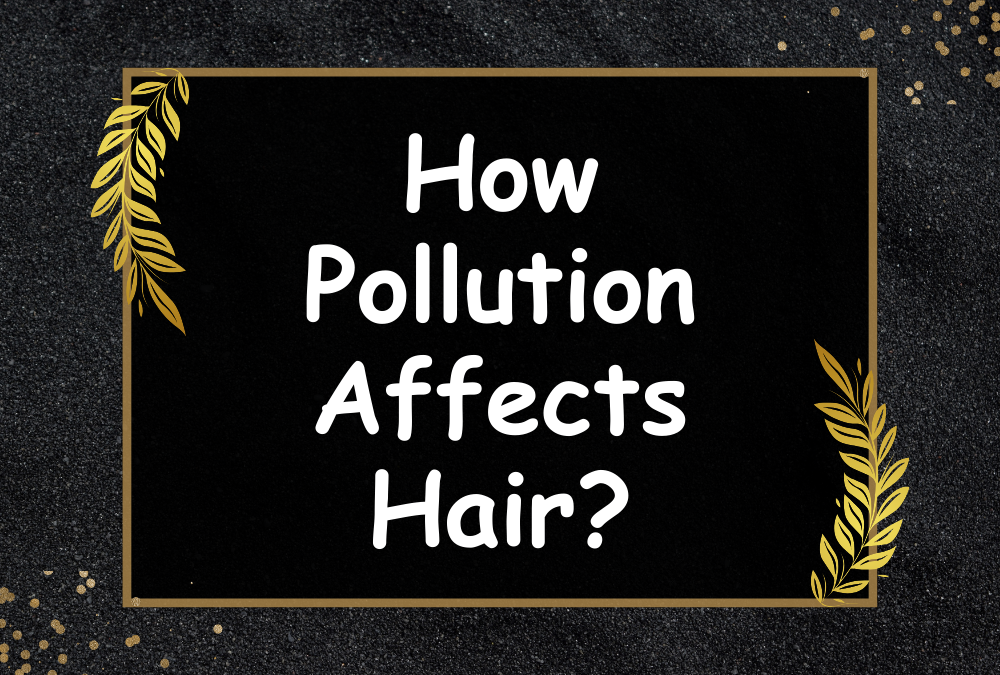
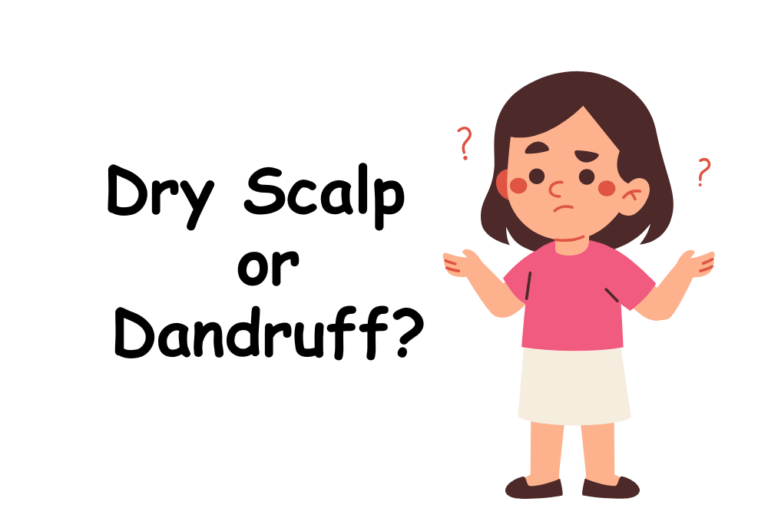
![Can Meditation Reduce Hair Fall [Complete Guide]](https://hairstylesview.com/wp-content/uploads/2025/09/Can-Meditation-Reduce-Hair-Fall-768x518.png)
